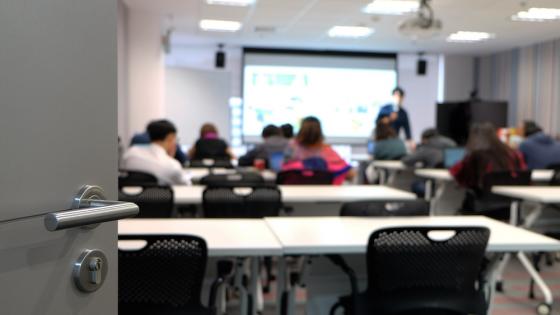DP5244 Peer Effects and Social Networks in Education and Crime
This paper studies whether structural properties of friendship networks affect individual outcomes in education and crime. We first develop a model that shows that, at the Nash equilibrium, the outcome of each individual embedded in a network is proportional to her Bonacich centrality measure. This measure takes into account both direct and indirect friends of each individual but puts less weight on her distant friends. Using a very detailed dataset of adolescent friendship networks, we show that, after controlling for observable individual characteristics and unobservable network specific factors, the individual's position in a network (as measured by her Bonacich centrality) is a key determinant of her level of activity. A standard deviation increase in the Bonacich centrality increases the level of individual delinquency by 45% of one standard deviation and the pupil school performance by 34% of one standard deviation.

